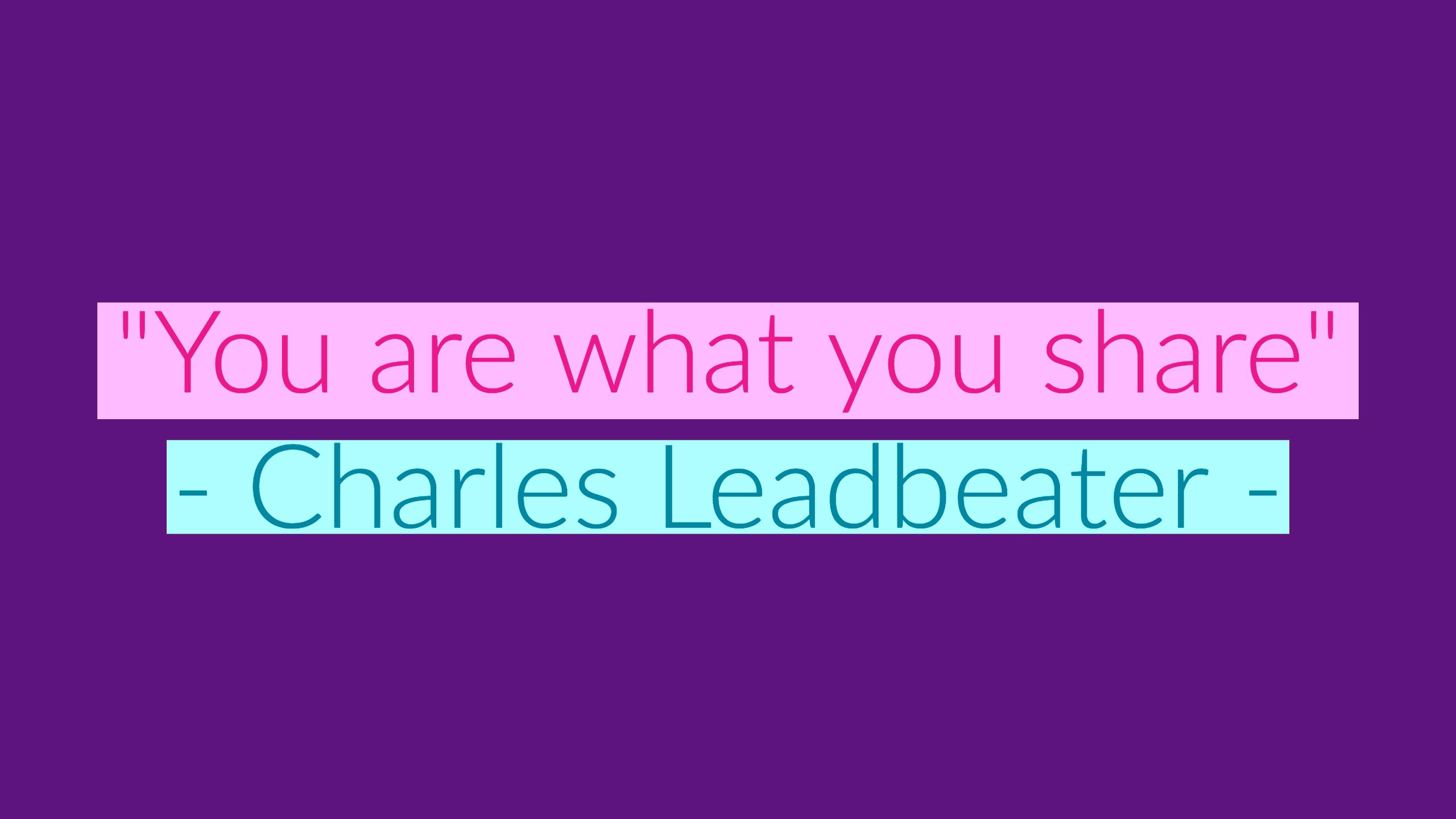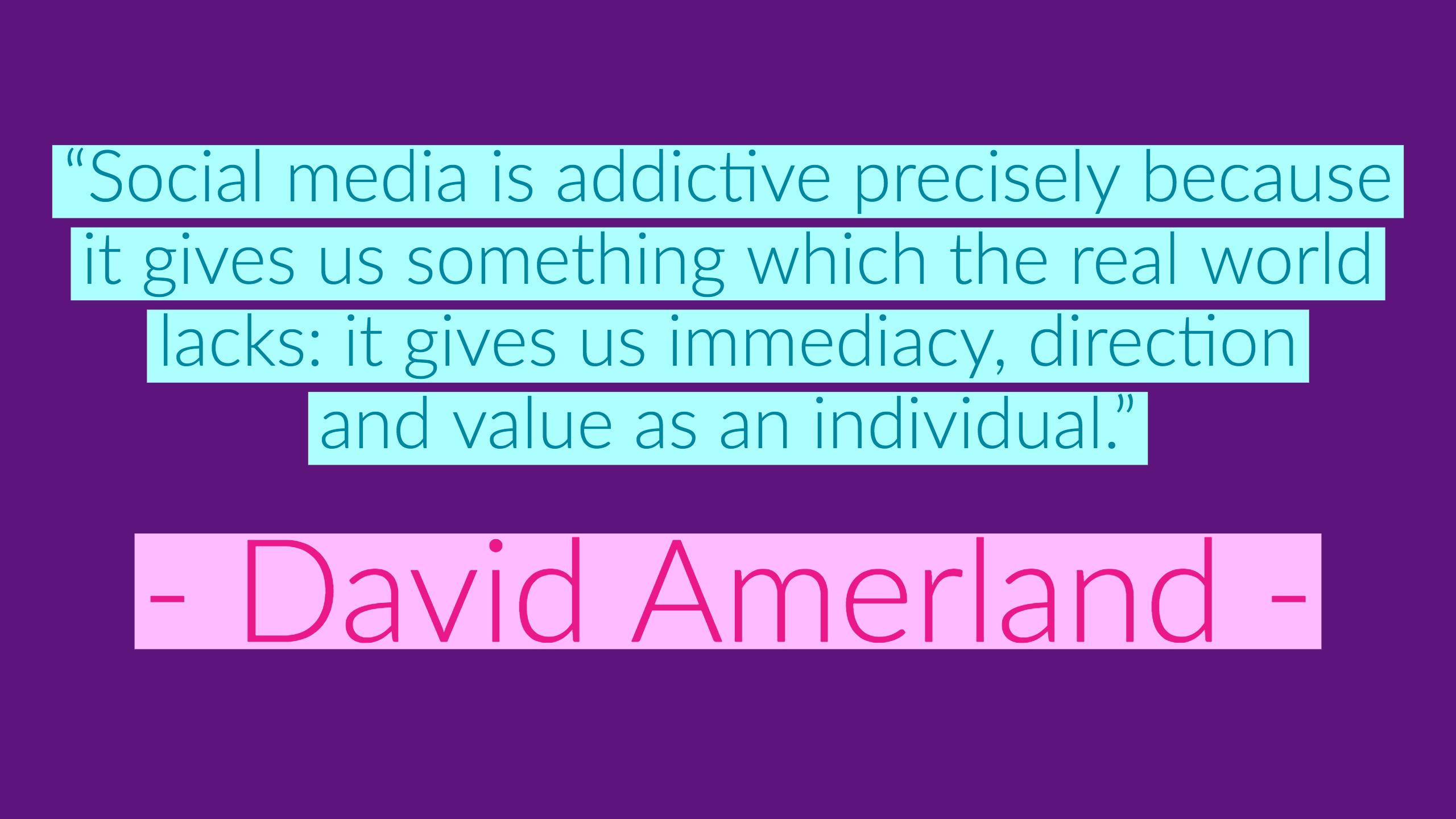Teaching your students digital citizenship - Project: the #SocialSchool
 Lucie Renard —
Lucie Renard —
Social media in the classroom. If you can’t beat them, join them. And it’s not just social media. Think about banning smartphones in the classroom, or ignoring the fact that the age of digital is here. Banning things is not the solution. These days, you just have to go with it.
59% of students who use social networking talk about education topics online. This means that including technology and digital media in your classroom is an asset. And while doing that, think about teaching students digital citizenship, as well as digital literacy.
This post is about teaching students digital citizenship. Related to that, I want to inspire you by introducing you to a brand new project in Belgium called the #SocialSchool.
Digital citizenship
What is digital citizenship?
Digital citizenship is some kind of guideline for responsible and appropriate behavior when someone is using technology. Digital citizenship covers anything from cyberbullying to “nettiquette”, technology access and the digital gap, online safety and privacy, digital law, copyright, plagiarism, social media and so much more.
Examples of digital citizenship
As you’ve just read above, digital citizenship is a broad understanding. Vicky Davis from the Cool Cat Teacher Blog divides the term in 9 key learnings: the 9 P’s.

- Passwords: How do you create a super strong password that you can remember afterwards? There are some tricks for that. Do your students know not to always use the same password?
- Privacy: Do students know how they can protect their private information such as address, email and phone number? Or do they give it away all the time when filling out competition forms?
- Personal Information: Choose carefully with whom you’re sharing other personal information such as winning the lottery, going on vacation, etc.
- Photographs: Photographs can show some private things that might be interesting to certain people. Think about license plates or street signs. Geotagging every picture is not the best idea.
- Property: Do students understand copyright and how to generate a license for their own work? “Property” represents the issue with copyright and plagiarism. Are Google images just for the taking? If not, where can you find creative commons images?
- Permission: Here, students learn how to get permission for work they use. They also learn how to cite it.
- Protection: What about viruses, malware, phishing, ransomware and identity theft? Do your students know how to detect it, or deal with it?
- Professionalism: Do students understand the importance of netiquette and online grammar and how this can influence their future job and social life? How do they react to cultural taboos online? Do they have the skills to work out problems?
- Personal brand: How do students want to be perceived online and have they thought about their tone of voice? Are they intentional about what they share online and do they know that some things are impossible to erase?
Your digital footprint
When you are searching for stuff, messaging friends, or buying new clothes on the internet, you leave something behind: a digital footprint. All the information, pictures, clicks, and many more are traceable or provide information that companies use for commercial purposes. That’s why it’s important to advocate digital citizenship. Caring about your digital footprint is important. Let’s take a look why:
The #SocialSchool
The #SocialSchool (or #SociaalsteSchool in Dutch) is a brand new project in Belgium that teaches students digital citizenship and literacy.
What does “social” mean? What kind of social platforms are there? How do you create a safe social profile and how can you protect its information? How do you create a strong password? And how do you behave on those social platforms?
Instead of ignoring the fact that students are using social media and that there are dangers to it, teach them the skills and knowledge to safely interact with the world by using digital tools and social media. And more important, teach them the positive side of social media. The connection between students, the discovery of new interests and self-regulated and collaborative learning.

The #SocialSchool challenges schools to grab the opportunity to teach their students digital citizenship. How can schools include social and digital skills in a positive way? The participating schools get a toolbox with all the lesson material they need to get started. Besides that, the school has to show how they integrate the toolbox in their lessons. And it’s not just all about the toolbox. It’s about so much more. Schools have to share their own creative and digital code of conduct. They create some kind of portfolio and send it to the judges. The more creative the portfolios, the bigger the chance to win amazing prices.
The initiator of the project is Katja Schipperheijn. The founder of “sCooledu”. She supports teachers by providing ways to positively include digital literacy in the classroom.
Together with other Belgian partners, such as MNM radio, Child Focus, Mediawijs and BookWidgets, this project is the start of a digital school year, with digital citizens. 🤖
If you’re up for the challenge, take a look at this website for more information. (P.S. your school has to be a dutch school in Belgium.)
Let’s get social!


